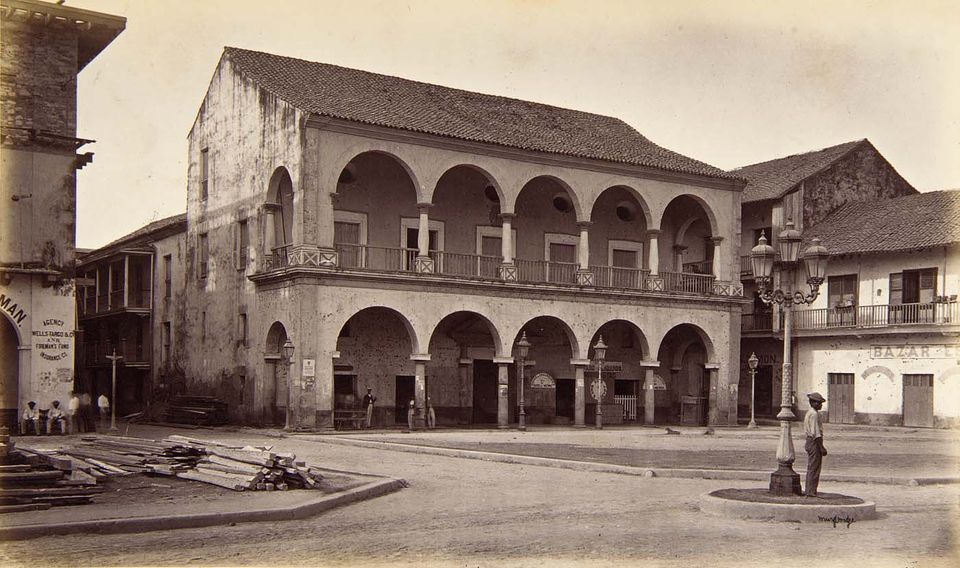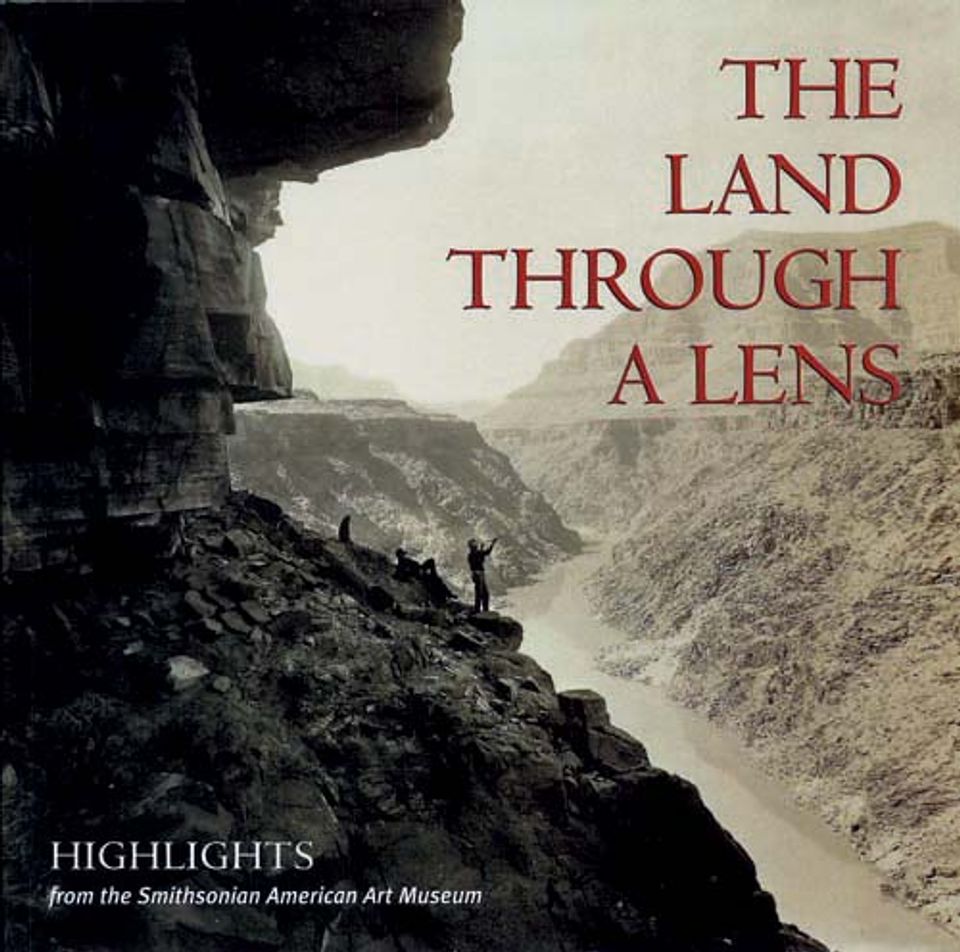Eadweard Muybridge
- Also known as
- Edward James Muggeridge
- Eadweard James Muybridge
- Edward Muggeridge
- Eadweard J. Muybridge
- Helios--the Flying Studio
- Born
- Kingston-upon-Thames, England
- Died
- Kingston-upon-Thames, England
- Active in
- San Francisco, California, United States
- Biography
Born Edward Muggeridge in England, Muybridge came to the United States in 1850 as a publishing representative. By 1856 he had opened a bookstore in San Francisco. After an extended trip to England, he returned to California in 1867 as an accomplished photographer. That same year he made his first trip to the Yosemite Valley.
In direct competition with Carleton Watkin's acclaimed Yosemite views of 1861–62 (Plate 26), Muybridge's fifty-one mammoth plates, made in 1872, confirmed his reputation as a preeminent landscape photographer. They were ofered for sale by the San Francisco gallery of Bradley and Rulofson the following year. Perhaps to distinguish his work from that of other photographers of Yosemite, such as Watkins and Charles Leander Weed (plate 27), Muybridge chose points of view that heighten dramatic intensity. His photographs are notable for the inaccessibility of the subject matter. "He has gone to points where his packers refuse to follow him," wrote one observer.
In 1872 Muybridge accompanied landscape painter Albert Bierstadt and geologist Clarence King, who was completing his survey of the fortieth parallel. Public response to the 1872 photographs was highly favorable. According to one critic, the photographs "surpassed in artistic excellence, anything that has yet been published in San Francisco." Muybridge's stereo-card business, which made his images available in a popular format, flourished.
Muybridge's views of Yosemite attracted the attention of Leland Stanford, former governor of California and president of the Central Pacific Railroad, who in 1872 commissioned him to photograph Stanford's horse Occident at a gallop in order to determine if a running horses's feet are ever off the ground simultaneously. These studies led to the extensive stop-action photographs of humans and animals in motion, for which Muybridge is now most famous.
In 1875 Muybridge traveled to Central and South America as a photographer for the Pacific Mail Steamship Company. During the trip he photographed these San Isidro coffee pickers.
Merry A. Foresta American Photographs: The First Century (Washington, D.C.: National Museum of American Art with the Smithsonian Institution Press, 1996)















